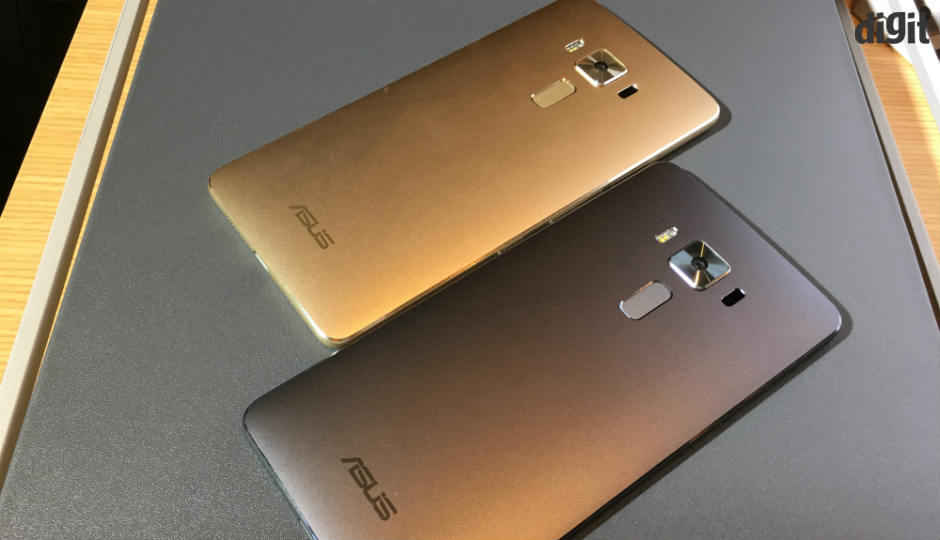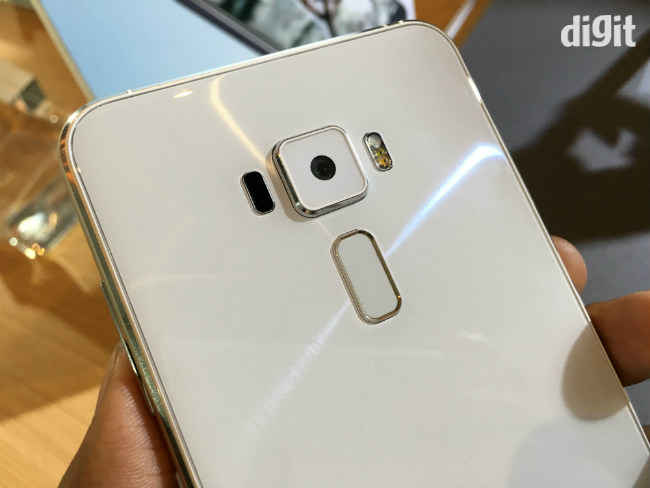All you need to know about Asus Zenfone 3 lineup

Asus Zenfone 3s are here and they bring new design, new SoC’s and a rather competitive price tag.
After months of leaks and teasers, Asus finally unveiled three new Zenfone 3 phones at Computex 2016, in Taiwan. Asus has changed its design philosophy for the three new devices. Gone is the plastic exterior and the new phones usher in metal and glass overalls. Unlike the Zenfone 2 models, the Zefone 3 lineup is better differentiated through their designs. Also, there are no Intel chips inside, since Intel has dropped out of the mobile SoC race. In its place, Asus has Qualcomm's newest chipsets this time.
Here's a look at each and every aspect of the Asus Zenfone 3 lineup, to give you a clearer view of the three phones and what they bring to the market.
Build and Design
As mentioned earlier, the Asus Zenfone 3 lineup now boasts an all new design scheme. The three phones feature a metal construction, while the more affordable Zenfone 3 features a 2.5D curved Gorilla Glass back over the metal back. Like previous Zenfones, the back is slightly curved as well, but it isn't very apparent.
The button layout has also changed with the new phones. The Asus Zenfone 2 had the volume rocker at the back and the power button at the top, but the power and volume keys now reside on the side. However, the Asus Zenfone 3 Ultra still features a back mounted volume rocker, while the power key is on the side. It also has a flat back unlike the contoured back on the Zenfone 3 and the Zenfone 3 Deluxe.
Display
The display resolution hasn’t been tinkered with, and all three phones have 1080p displays. However, the display type as well as the screen size is different on all three devices. The Asus Zenfone 3 has a Super LCD display, which spans 5.5-inch. The Asus Zenfone 3 Ultra has a 6.8-inch display and uses an IPS LCD panel. The more premium Asus Zenfone 3 Deluxe, has a 5.7-inch display and uses a Super AMOLED panel.
Core specifications
Asus' Zenfone 2 range of phones were one of the best in its category. Hence, the Zenfone 3 line-up has a lot riding on their shoulders. The choice of processors on the new phones are as follows, the Asus Zenfone 3 runs a new Snapdragon 625 SoC. This is an octa-core SoC, which is clocked at 2.0GHz along with the Adreno 506 GPU. The Asus Zenfone 3 Ultra on the other hand, runs on the Snapdragon 652 SoC, which is a slightly more faster version of the Snapdragon 650. The Snapdragon 652 is the same SoC, which is currently running on the Vivo V3 Max. Lastly, the Zenfone 3 Deluxe is powered by an Snapdragon 820 SOC and will be available with up to 6GB of RAM. If you are still confused, here is a quick spec comparison between the three phones.
| Asus Zenfone 3 | Asus Zenfone 3 Deluxe | Asus Zenfone 3 Ultra | |
| SoC | Qualcomm Snapdragon 625 | Qualcomm Snapdragon 820 | Qualcomm Snapdragon 652 |
| Display Size | 5.5-inch | 5.7-inhc | 6.8-inch |
| Display type | S-LCD | SAMOLED | LCD |
| Display Resolution | 1080p | 1080p | 1080p |
| RAM | 3/4GB | 4/6GB | 3/4GB |
| Storage | 32/64GB | 64/128/256GB | 32/64/128GB |
| Expandable Storage | Yes | Yes | Yes |
| Rear Camera | 16MP | 23MP | 23MP |
| Front Camera | 8MP | 8MP | 8MP |
| Battery (mAh) | 3000 | 3000 | 4600 |
| OS | Android 6.01 | Android 6.01 | Android 6.01 |
Camera and battery
While the more affordable Asus Zenfone 3 will be available with a 16MP rear camera, the Zenfone 3 Deluxe and Ultra feature 23MP rear cameras. All three phones have laser assisted autofocus, Phase detection autofocus and OIS (Optical image stabilization). The rear cameras of all three phones are also aided by a dual tone LED flash. All three phones also sport 8MP front facing cameras. That said, while both front and rear cameras of the Asus Zenfone 3 and Zenfone 3 Ultra can shoot 1080p videos at 30fps, the Zenfone 3 Deluxe can shoot video in 2160p at 30fps.
Asus has also made the phones slimmer than last year, but is able to keep the battery rating at 3000mAh. The Ultra takes advantage of the larger footprint, carrying a 4600mAh battery.
The Asus Zenfone 3 could give some serious competition to the rest of the market. Of course, Asus has to get the prices the phones right. Asus CEO Jerry Shen, had earlier said, that 90 percent of the Zenfone 3 devices will be powered by Qualcomm SoCs. So, we infer that there are more Zenfone 3 phones to come.
Hardik Singh
Light at the top, this odd looking creature lives under the heavy medication of video games. View Full Profile






